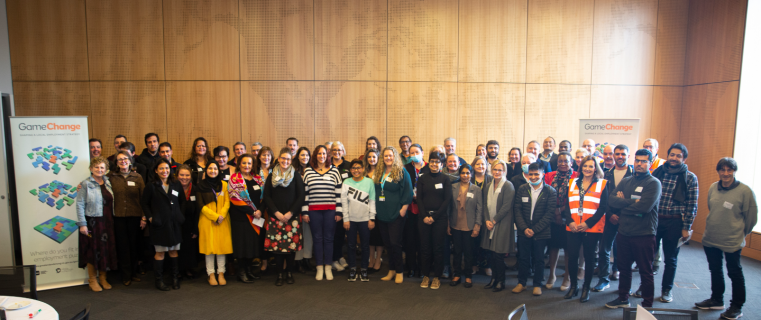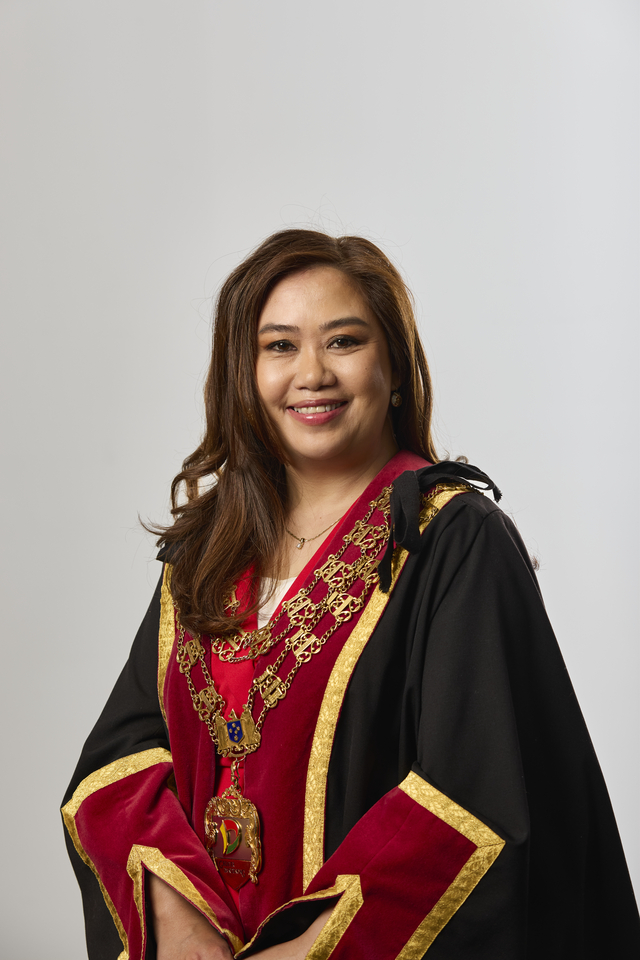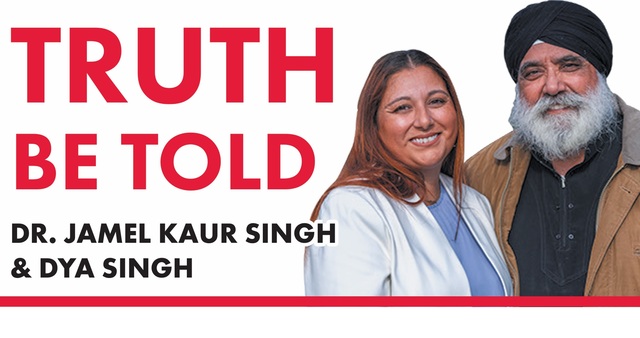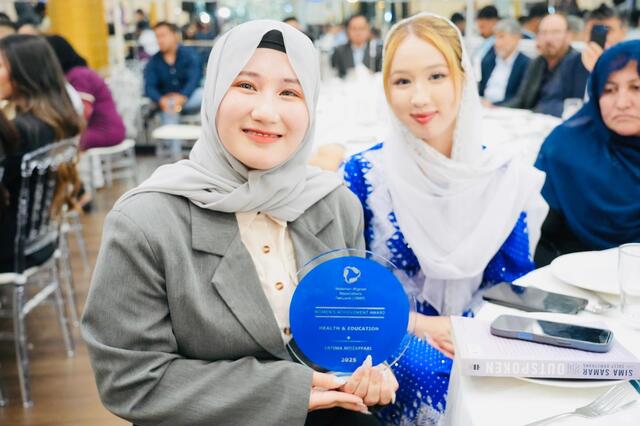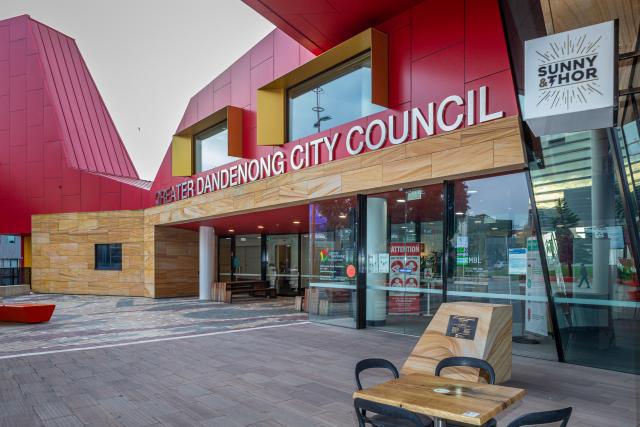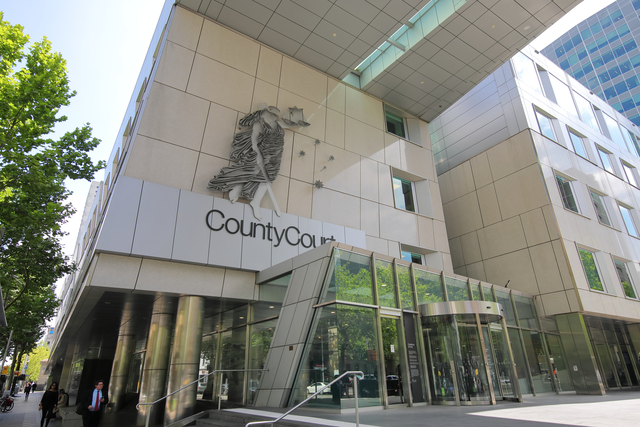Manufacturing employers are facing a chronic shortfall of staff despite high unemployment rates in the region, according to the South East Melbourne Manufacturing Alliance (SEMMA).
SEMMA brings together 200 manufacturing employers in the southeast and was one of the participants at a joint-government GameChange roundtable forum held on Tuesday 26 July.
There are more than 20,000 people employed in the sector in the municipality, making it the top industry for employment but the disconnect between training and career outcomes is biting.
“The current employment situation is dire,” SEMMA chief executive Vonda Fenwick said.
“Very few of our current SEMMA members report full staffing.
“Almost all have multiple positions vacant and they are unable to find employees via seek or employment service providers.”
Across Australia, SEMMA believe there is a shortage of up to 20,000 welders.
It is one example of a manufacturing sub-sector struggling for staff, which has led to low or no-skill employees filling positions, reducing productivity.
“The absence of quality, skilled candidates is an issue,” Ms Fenwick said.
“With unemployment so low, the pool of applicants include no/low skill individuals and those who may be battling mental health or other issues, making full-time work challenging.
“A further problem identified across a number of projects in the southeast region is candidates not being aware of the opportunities in areas such as aged care and manufacturing.
“There can also be cultural issues and both candidate and employer perceptions at work.
“One of the big challenges is working your way through the complexity of the employment system and how best to access opportunities – some people need more support than others.”
Markus Oswald, managing director at ODT engineering and a board member of the Southeast Melbourne Manufacturing Alliance (SEMMA) offered an individual employer’s perspective.
“There is always this dichotomy between us as employers and people who want to join our company, both skilled and unskilled, and we’re having difficulties in finding those people,” Mr Oswald said.
“In contrast there is a large number of people that are looking for employment either to establish, re-establish or develop their careers or jobs.
“Getting a closer match to the pathway and getting a closer connection to individuals, training and employment, brings them closer together, leads to a career and it is in line with what employers are hoping for.”
According to figures from the Australian Bureau of Statistics (ABS) in 2021, Dandenong had an unemployment rate of 12.6 per cent, three times more than the state average, despite the region employing almost 100, 000 people.
Mayor Cr Jim Memeti said with youth unemployment in Greater Dandenong above 22 per cent, and around one in four parents of working age not working, many people are available to fill job vacancies.
Whereas in Victoria, 9.9 per cent of people aged 20-24 are neither studying nor able to gain secure employment, that figure sits at 22.2 per cent in Dandenong and 24.5 per cent in Doveton.
“For Greater Dandenong to continue to have a thriving local economy that provides residents with secure, meaningful employment, we need to shift the jobs and skills ecosystem to deliver better outcomes for local jobseekers and businesses,” Cr Memeti said.
In response to the employment issues, Greater Dandenong City Council formed a partnership with the state government, local businesses, jobseekers and service providers at the GameChange roundtable forum
It is hoped that the forum, which had more than 50 community and government representatives in attendance including Chisholm Institute, Holmesglen TAFE and South East Community Links, will reshape local employment.
The forum heard about the employment challenges and opportunities Greater Dandenong employers and communities are experiencing.
Victoria’s labour market is the tightest for a generation – an indication of the economy’s resilience.
Cr Memeti praised the discussion.
“The GameChange roundtable is a great example of how we can work together with service providers, other levels of government, local jobseekers and industry to secure a brighter future for our community.”
The roundtable follows extensive consultation with stakeholders and seeks to strengthen employment in the region.
Roundtable participants embraced priorities including:
• a central employment hub with improved communication and collaboration to make it easier to navigate the system
• targeted training designed for and linked to employment opportunities
• workplace flexibility to enable greater participation
• finding better ways for jobseekers currently experiencing disadvantage or economic exclusion to pursue pathways to employment.
Minister for Employment Jaala Pulford said the state government was proud to work with the Greater Dandenong community to deliver jobs and skills support that responds to the needs of local businesses and people looking for work.
Mr Oswald learnt that businesses are all facing similar issues.
“That’s where the GameChange program captures my interest because there is quite a lot of people involved in the system that are talented and passionate about making the match between employers and job seekers but sometimes the system is not quite as smooth or clear as it could be.
“That’s why this is focussed on the process and hopefully showing the pathway to a better system than individual programs because generally it focusses on individual programs.”
The state government invested more than $1.8 million in the Greater Dandenong Community Revitalisation initiative, which supports 135 people into jobs and engages 1500 local businesses.
Greater Dandenong’s GameChange initiative, part of the Community Revitalisation program, will continue to work with the community to deliver on priority actions and help shape a local employment strategy.

